Space
Sign up for our newsletter
We summarize the week's scientific breakthroughs every Thursday.
-
 Planetary Science
Planetary ScienceJuno snaps its first pic of Jupiter
Jupiter and three of its moons take center stage in the first snapshot taken by the Juno spacecraft since arriving at the planet on July 4.
-
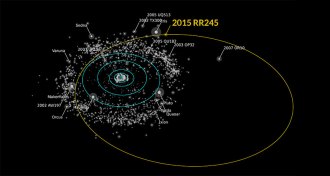 Planetary Science
Planetary ScienceNew dwarf planet discovered lurking beyond Neptune
Newly discovered dwarf planet 2015 RR245 takes about 700 years to orbit the sun and lives among the icy boulders of the Kuiper belt.
-
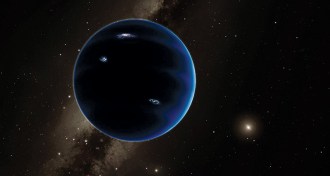 Planetary Science
Planetary ScienceNew clues in search for Planet Nine
Lots of unknowns remain as researchers try to pin down where a possible ninth planet might be hiding in the solar system.
-
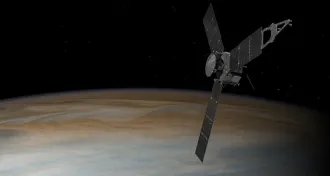 Planetary Science
Planetary ScienceThe Juno spacecraft is now in orbit around Jupiter
NASA’s Juno spacecraft successfully entered orbit around Jupiter, beginning a 20-month investigation of the giant planet’s interior.
-
 Planetary Science
Planetary ScienceThe Juno spacecraft is now in orbit around Jupiter
NASA’s Juno spacecraft successfully entered orbit around Jupiter, beginning a 20-month investigation of the giant planet’s interior.
-
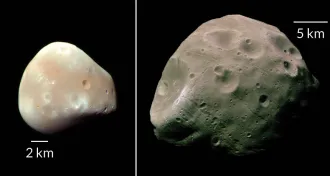 Planetary Science
Planetary ScienceMars once had many moons
Mars' moons might be the only two left of a larger family of satellites that helped them form in the wake of an asteroid collision.
-
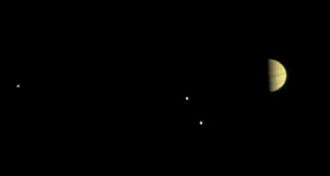 Planetary Science
Planetary ScienceJuno spacecraft is on its final approach to Jupiter
Everything looks good for the Juno spacecraft, which arrives at Jupiter on July 4.
-
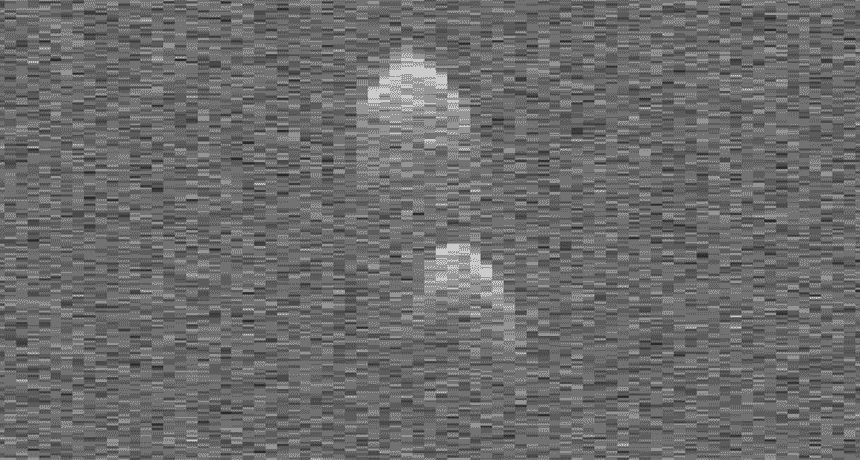 Astronomy
AstronomyAsteroid Day is a chance to learn about space and plan for disaster
Asteroid Day on June 30 tries to raise awareness about the hazards of an asteroid impact and what we could do to stop it.
-
 Planetary Science
Planetary ScienceJupiter shows off its infrared colors
Jupiter glows with infrared light in new images taken in preparation for the July 4 arrival of the Juno spacecraft.
-
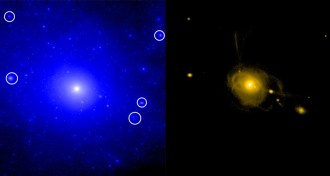 Astronomy
AstronomyPossible perp found in mystery of Milky Way’s missing galaxy pals
Billions of years of supernovas could explain why galaxies like the Milky Way have so few tiny companions and why those companions have so little mass.
-
 Planetary Science
Planetary ScienceEarth has a tiny tagalong, and no, it’s not a moon
Asteroid 2016 HO3 is a quasisatellite of Earth — orbiting the sun while never wandering far from our planet.
-
 Planetary Science
Planetary ScienceAncient meteorite granules still mystify scientists
Shock waves might have formed the oldest solid fragments in the solar system, though interplanetary lightning isn’t entirely off the table.